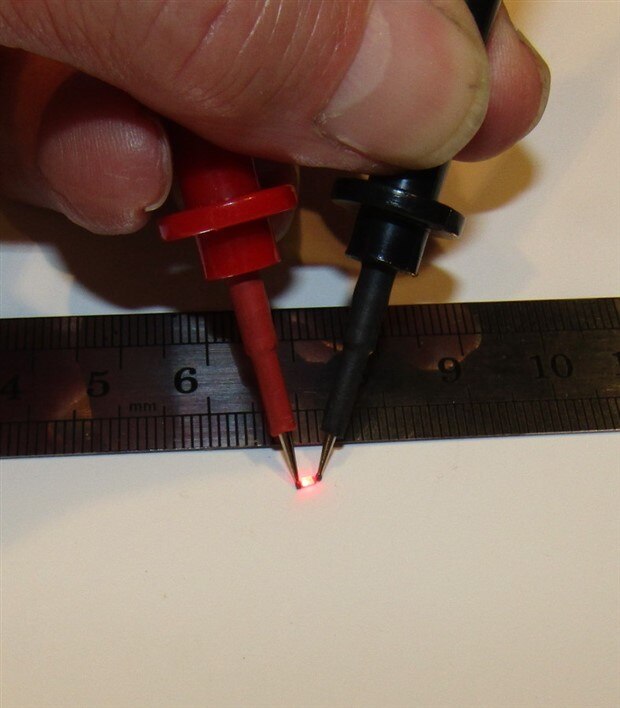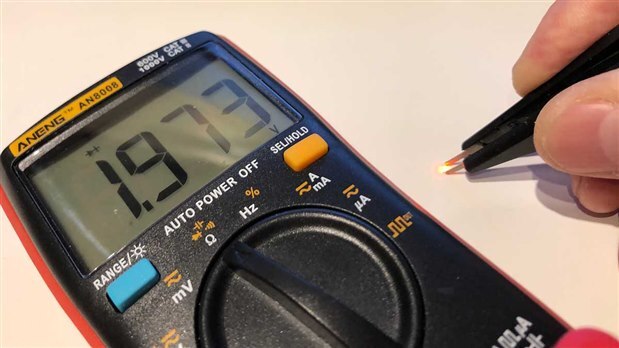I bought a practice kit that, in theory at least, lights up LEDs in some sequence. I say in theory, but as all the instructions (presumably) are in Chinese, who knows?? Anyway, it has components in a number of sizes: 1206, 0805, 0603, 3528, not sure for the ICs.
I've spent the afternoon soldering away - 76 components - and what can I take away from the experience? Well:
- forget 0603, I'm not going there again. Just too small for hand soldering. I did of course lose a 0603 capacitor to the God of Misery and the kit had no spares. One day, I expect to find it. Or not.
- forget resistor arrays as well (I think that's what they are), especially in 0603. Seriously, what sadist invents such a thing??
- 0805 is likely to be the minimum I go with.
- I need a microscope to do this stuff. At my age, my eyes aren't good enough and I have a bit of handshake too. See also (1)!
- I need more practice at (a) soldering; and (b) keeping care of my tip.
- 0.46mm solder is still a bit thick, but just about do-able. I dare say if I was better at 5a then it would be ok
- Still unsure of the best tip to use. I had a 1.2mm chisel tip which is the smallest that I have, bar a pointy one
- Solder wick (decent stuff) is very useful
- It's not clear what the markings on a LED are - there were two variants (green marks on one lot, cut corner on the other lot.) I did search but found the information results confusing: I assumed the marks referred to the Cathode.
- The ICs weren't too bad: I can't detect bridging, solder wick helped
- I don't think I'd be too worried about it in the future, at least I've taken the plunge right! I'm not convinced I'd do better with paste and a hot-air gun either.
Questions I have:
- Is 350c too hot? I used leaded solder: Sn 62, Pb 36, 2Ag with 505 rosin cores from Multicore. It has a melting temperature of 179C.
- Would I fair better with a thinner tip?
- I used flux but my experience was it burnt off immediately and seemed to do nothing - related to questions 1 and 2?
I suppose the question on everyone's lips is "did it do anything?" Well, in short, no. I tested the resistors and they seemed ok, the ICs were getting voltage to the correct pins so I know they are the right way around. Perhaps the LEDs are on the wrong way, perhaps the soldering isn't right, perhaps components are not in the right place (no markings on the tapes so I may have deduced incorrectly), perhaps it doesn't do anything anyway, perhaps, perhaps. I'm not too bothered: it was a test/practice of soldering SMDs which it achieved.
I could definitely do with more practice but I expect I'll get better over time. I also think that these practice kits are a good idea and I would recommend one to someone whose not done this before.
EDIT: I have a follow up thread as well -




